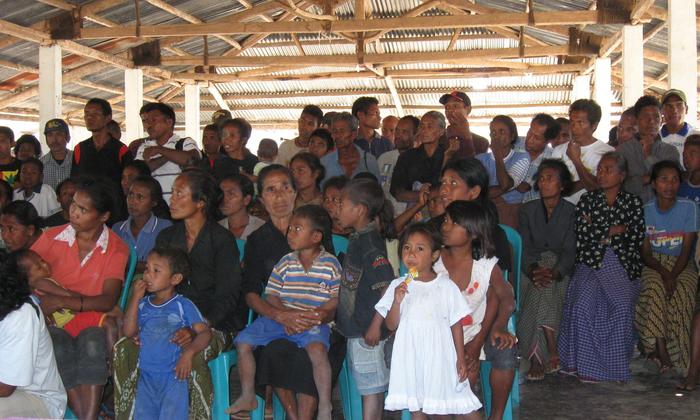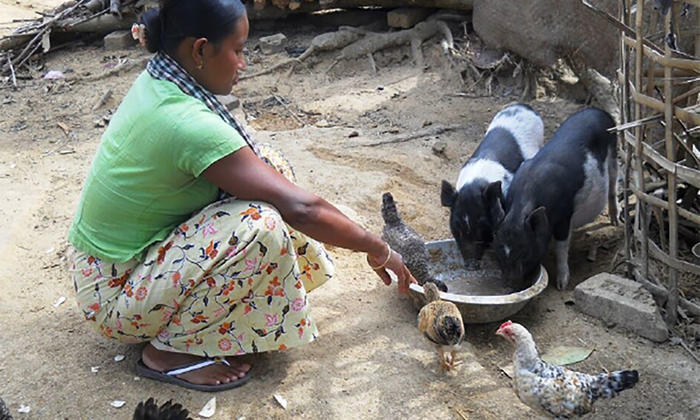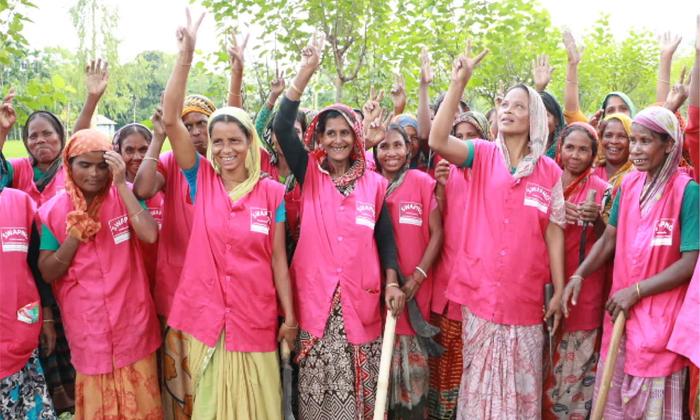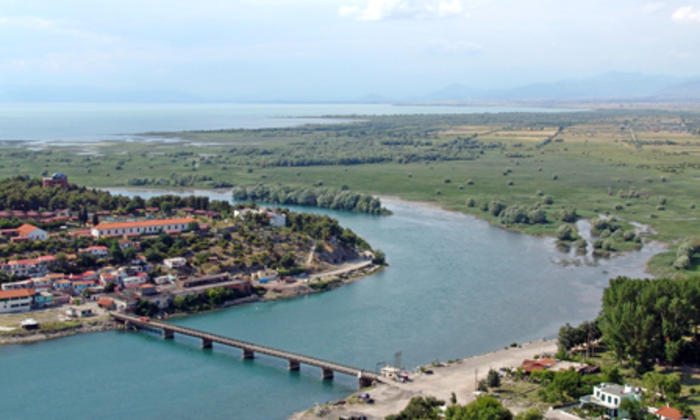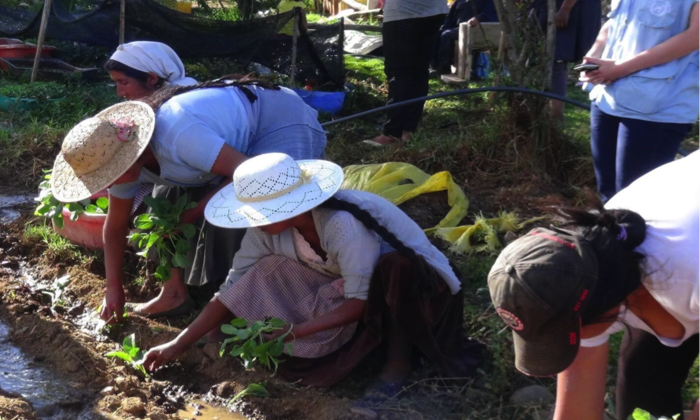The country has experienced disproportionate levels of maternal, newborn and child malnutrition in comparison with levels of poverty and infant mortality
Case study
Sri Lanka: Scaling Up Nutrition through a Multi-Sector Approach

SDGs ADDRESSED
This case study is based on lessons from the joint programme, “Sri Lanka: Scaling Up Nutrition Through a Multi-Sector Approach.”
Read more
Chapters
Project Partners
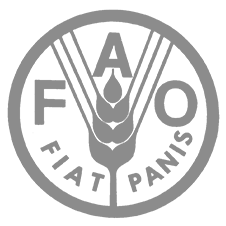
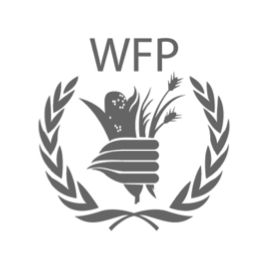
1. SUMMARY
Under the joint programme, WFP and FAO collaborated with the Government of Sri Lanka to address the causal factors of poor nutrition at the household level. This involved coordination between various sectors including: primary health care, poverty alleviation programmes, education, agriculture, and indigenous medicine. The programme, inter alia, promoted policy integration and coordination as well as a greater awareness of nutrition in schools and homes.
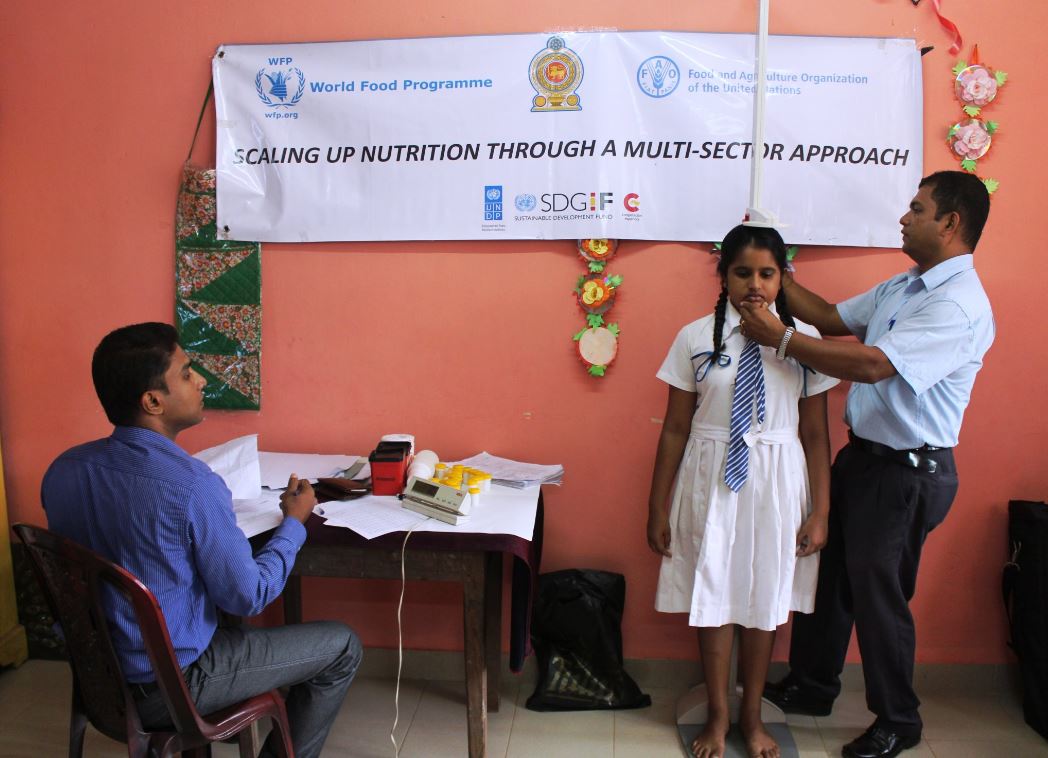
Health survey in schools.
2. SITUATION
Over the past decade, nutrition levels have lagged vis-à-vis other development indicators. The country has experienced disproportionate levels of maternal, newborn and child malnutrition in comparison with levels of poverty and infant mortality. High malnutrition rates are attributed to high food and fuel prices, which affected household food security, in addition to inadequate care practices, with extreme weather events as an exacerbating factor and notable regional disparities.
3. STRATEGY
The joint programme addressed nutritional needs through a multi-sectoral approach. A Presidential Task Force for Nutrition was formed to lead implementation. The resulting “Multi-Sector Action Plan for Nutrition” prioritized: communication, community, education, economics, food security, and the first 1,000 days of life. The plan focused on vulnerable groups including pregnant and lactating women, and children.
4. RESULTS AND IMPACT
WFP and FAO conducted a baseline nutrition survey comprised of 14,762 pregnant and lactating women and 8,791 school children from 262 schools across the island. This helped the Government of Sri Lanka better understand the linkages between health, food security and micronutrient deficiencies. Using the data gathered and lessons learnt from these surveys and initiatives, the WFP and FAO targeted those areas most in need. Outreach on nutrition in pre-schools and schools was successful, with children observed as being more accepting of and eating foods they did not previously eat, and not bringing other less healthy food items to school as a result.
Apart from improving the quality of the local produced food supplement, “Thriposha” with experience shared from Rwanda, the joint programme also helped facilitate the reopening of the dialogue on rice fortification which had been previously overlooked in favour of wheat, due to considerations of technology, cost and public acceptance. Drawing on experience from India and Bangladesh and also engaging the private sector, the programme contributed to a landscape analysis of rice fortification and a cabinet paper on voluntary rice fortification which saw fortified rice introduced, on a trial basis, in social safety net programmes, as a result. A nationwide school nutrition database system was also developed as well as pre-school guidelines on health and nutrition and the updated school canteen circular and manual distributed to all 10,000 schools.

5. CHALLENGES
The experience of other countries in the production and promotion of fortified food was important to informing stakeholders in Sri Lanka. It was the first time that such a landscape analysis on rice fortification had been conducted in-country, thus it was difficult to find the expertise to conduct the necessary work. The country lacked a regulatory framework for food fortification and with the large number of rice mills, it was difficult to find a consensus on suitable entry points to scale up rice fortification, thus the recommendation was to introduce a voluntary rice fortification framework.
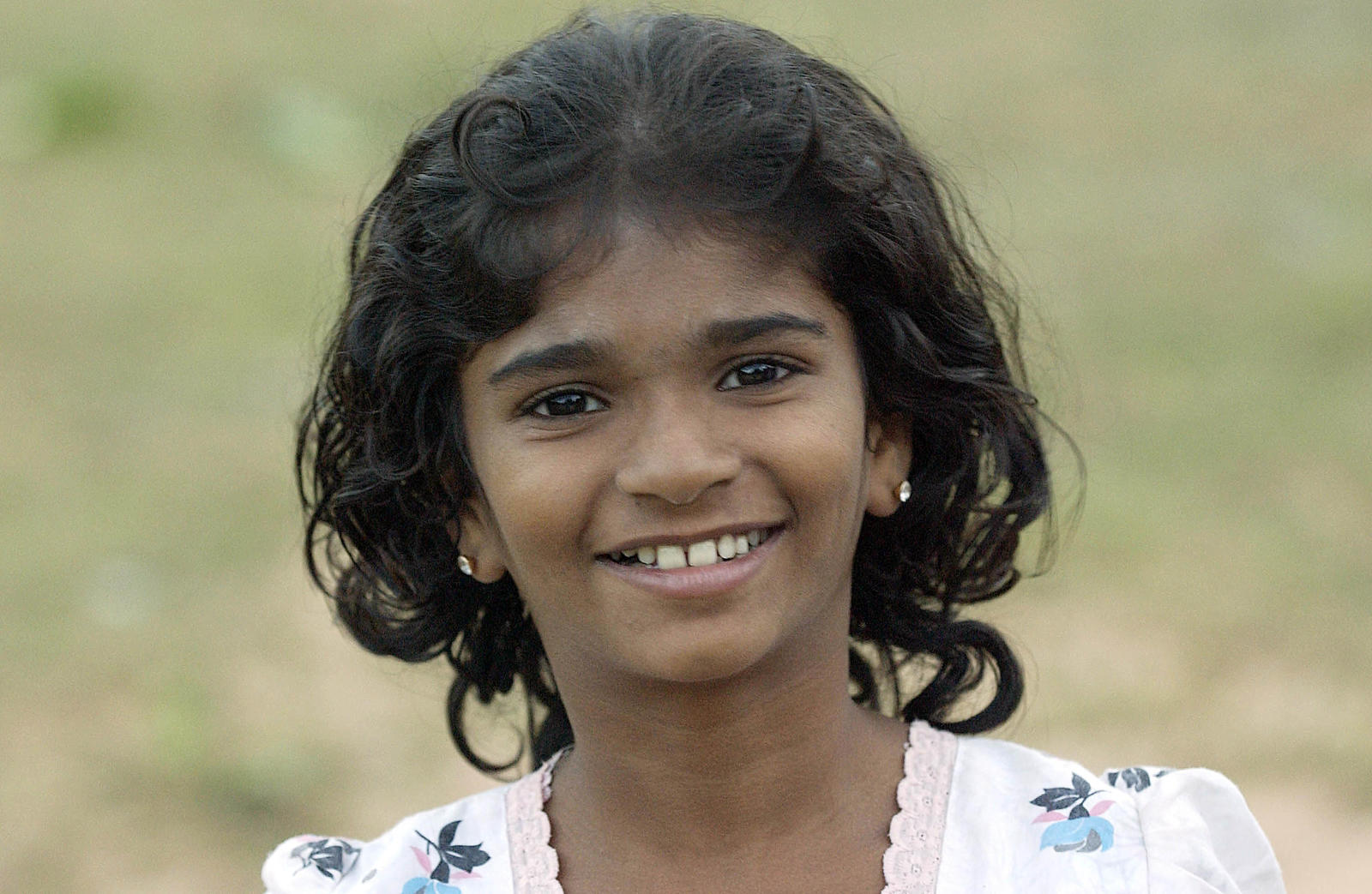
Una niña de Sri Lanka.
6. LESSONS LEARNED
- The efforts of the health sector alone are insufficient, as chronic malnutrition requires a coordinated response. The Multisector Action Plan for Nutrition brought together 16 government line ministries under the auspices of the National Nutrition Secretariat of Sri Lanka (NNSSL), located within the Presidential Secretariat.
- The programme filled an important gap in awareness of child nutrition. However, the allocation of 27-30 Sri Lankan Rupees (LKR) per meal/day/student was insufficient and only viable in the end due to the commitment of parents who donated their time to cook the meals. Efforts to promote school gardens were also successful due to the commitment of teachers and parents. The need to observe site selection criteria was emphasized in the final evaluation, in particular, considerations of land and space, the availability of water for irrigation during dry season, in addition to the frequency of attacks by pests such as monkeys and wild boar). These conditions need to be carefully reviewed and analyzed before embarking on school gardens. Greater synergies could also be explored between school meal and garden interventions.
7. SUSTAINABILITY AND POTENTIAL FOR REPLICATION
The examination of rice fortification will continue to inform policy, national standards and implementation and the nutrition survey. The joint programme also highlighted the need to continue supporting the National Nutrition Surveillance System.
Teaching children about nutrition had a broader impact as they brought this knowledge home with them and their parents and other family members also benefitted, and appreciation expressed by parents in the final evaluation. The development and dissemination of manuals, guidelines, and training documents, together with the government and schools, will continue to help improve nutrition of children in schools and homes alike.
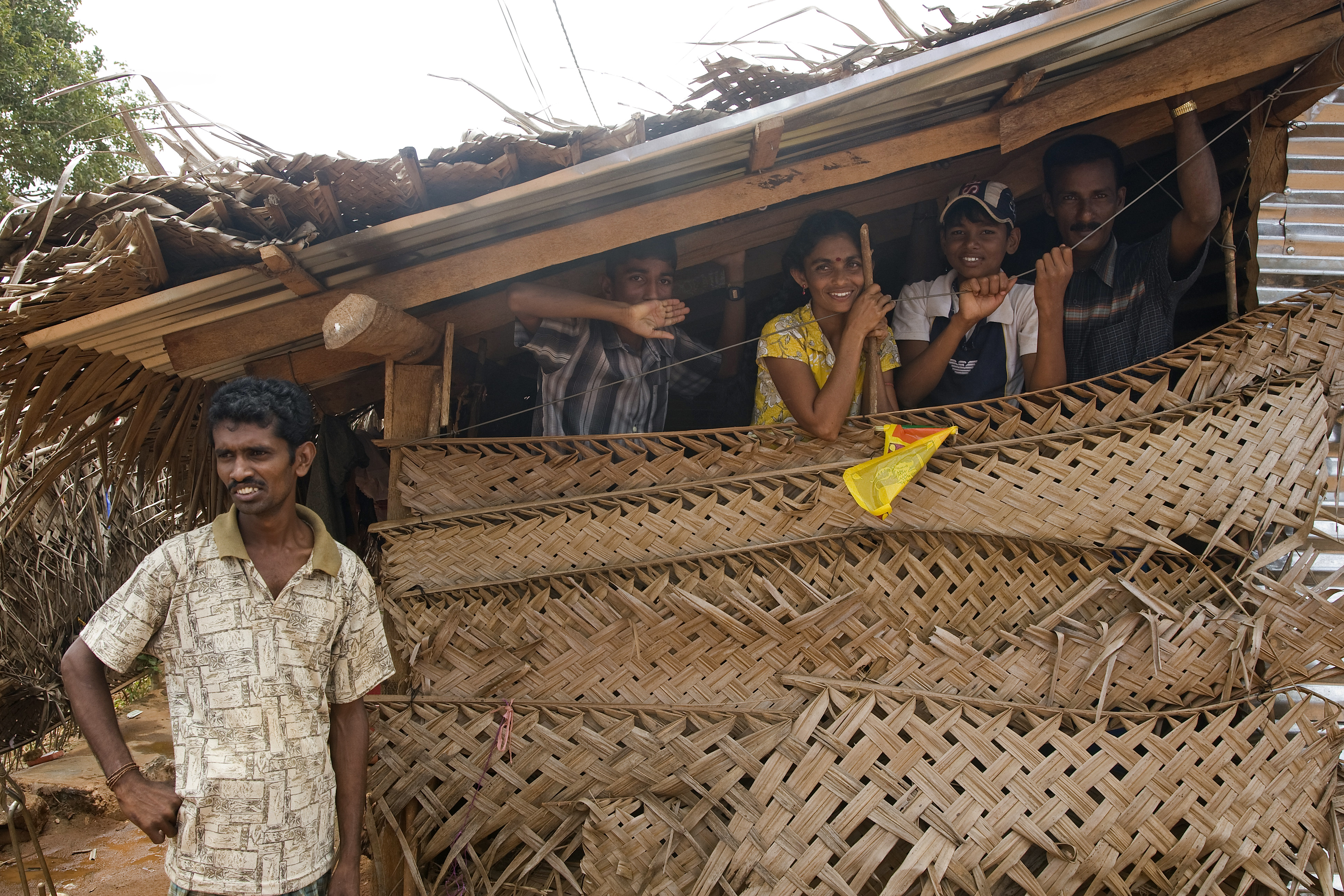
Beneficiaries of the programme.

